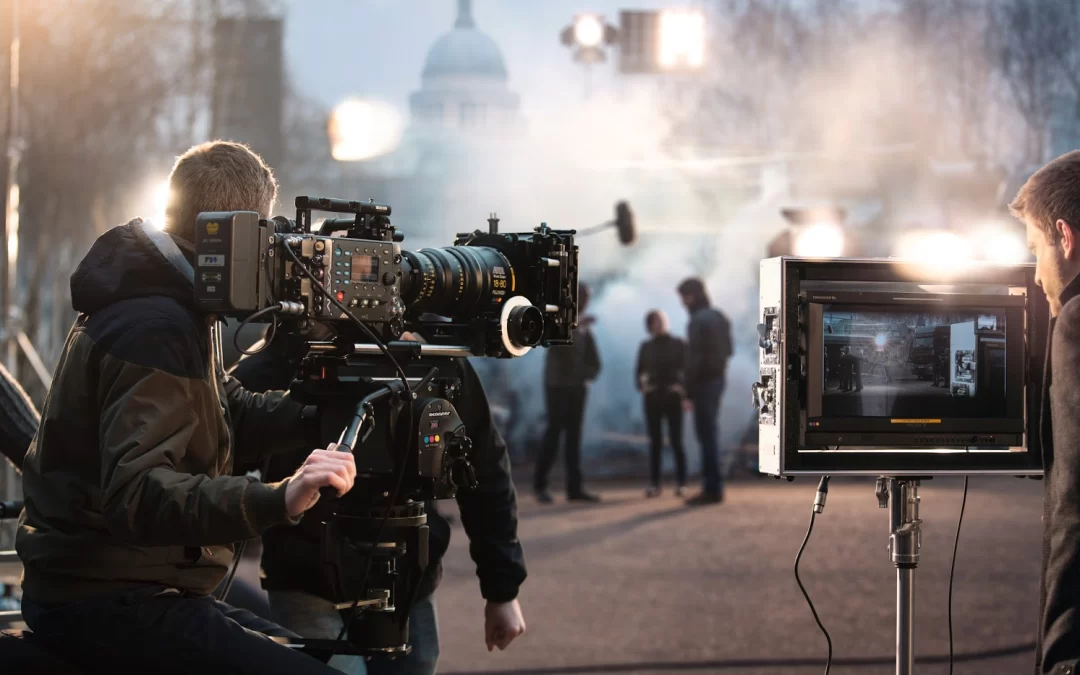Film making is the process of bringing a story to life on screen through the combination of various art forms like writing, directing, cinematography, acting, and sound design. It’s a creative endeavor that requires a vast amount of effort, skill, and collaboration to create a feature-length motion picture that can captivate an audience and leave a lasting impact.
Pre-Production
Before the cameras start rolling, a lot of work goes into pre-production, which involves preparing the script, assembling the cast and crew, scouting locations, and planning the shooting schedule.
Writing the Script
The script is the foundation of a film, and it’s essential to have a well-written and compelling story that captures the audience’s attention. A script should be written with a clear vision in mind, outlining the story’s premise, characters, and structure.
Assembling the Cast and Crew
Once the script is ready, the next step is to assemble a talented cast and crew to bring the story to life. The director, producer, and casting director work together to find actors who fit the roles and have the skills to bring the characters to life.
Scouting Locations
Location scouting is the process of finding and selecting the places where the film will be shot. The location should complement the story and enhance the production value of the film.
Planning the Shooting Schedule
The shooting schedule is a timeline that outlines the dates, times, and locations where the filming will take place. It’s essential to plan the shooting schedule carefully to ensure that the production stays on track and finishes on time.
Production
Once pre-production is complete, it’s time to start filming. This is the phase where the script is brought to life through the combined efforts of the cast, crew, and director.
Directing
The director is responsible for overseeing all aspects of the production and ensuring that the film is made to their vision. They work with the actors to bring the characters to life and with the cinematographer to create the look and feel of the film.
Cinematography
Cinematography is the art of capturing and creating the visual elements of a film. The cinematographer works with the director to determine the look and feel of the film, using lighting, camera angles, and lenses to create a visual style that enhances the story.
Acting
Acting is the process of bringing a character to life on screen. Actors use their skills to bring the script to life, conveying the emotions and motivations of their characters through their performance.
Sound Design
Sound design is the creation and manipulation of sound for a film. This includes adding music, sound effects, and dialogue to enhance the film’s atmosphere and help tell the story.
Post-Production
Once filming is complete, the final stage of film making is post-production. This is where the raw footage is edited, sound and visual effects are added, and the final product is completed.
Editing
Editing is the process of selecting and arranging the footage to create a coherent and engaging story. The editor works with the director to determine the pace, tone, and flow of the film, cutting the footage to match the script and create the desired impact.
Sound and Visual Effects
Sound and visual effects are used to enhance the film and bring the story to life. This includes adding music, sound effects, and special effects to create a more immersive experience for the audience.
Final Product
Once the editing and special effects are complete, the final product is ready for distribution. The film is screened for industry professionals, tested in theaters, and eventually

